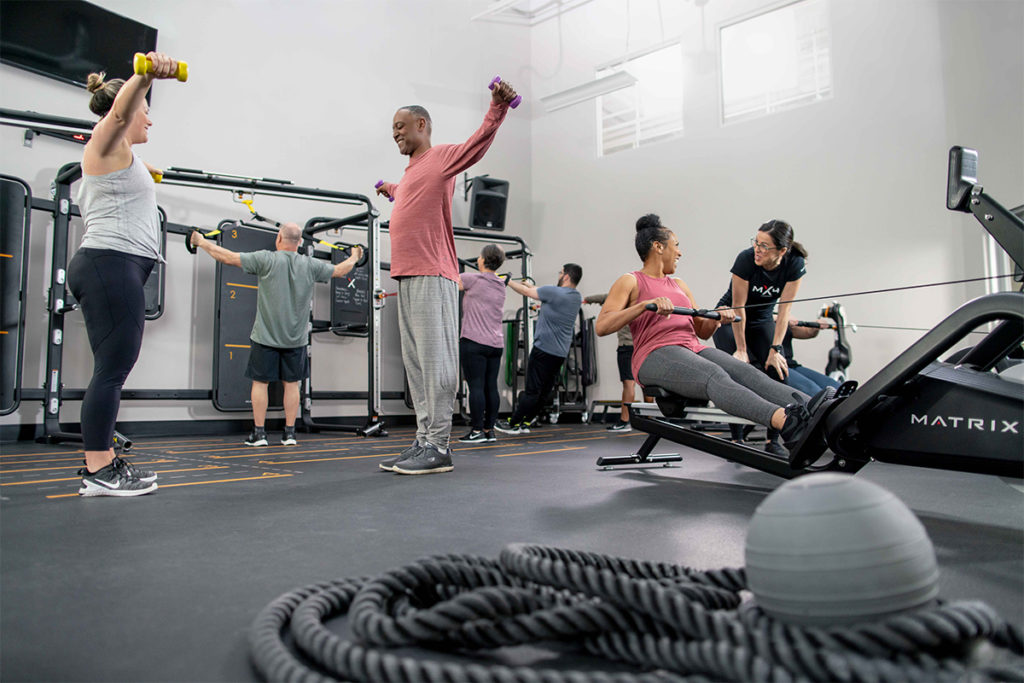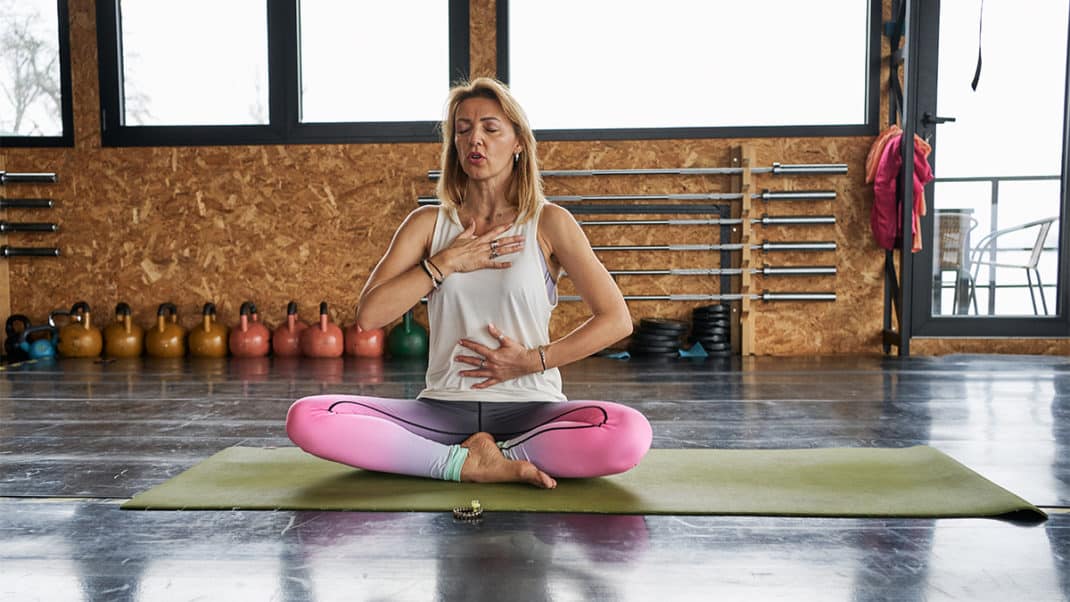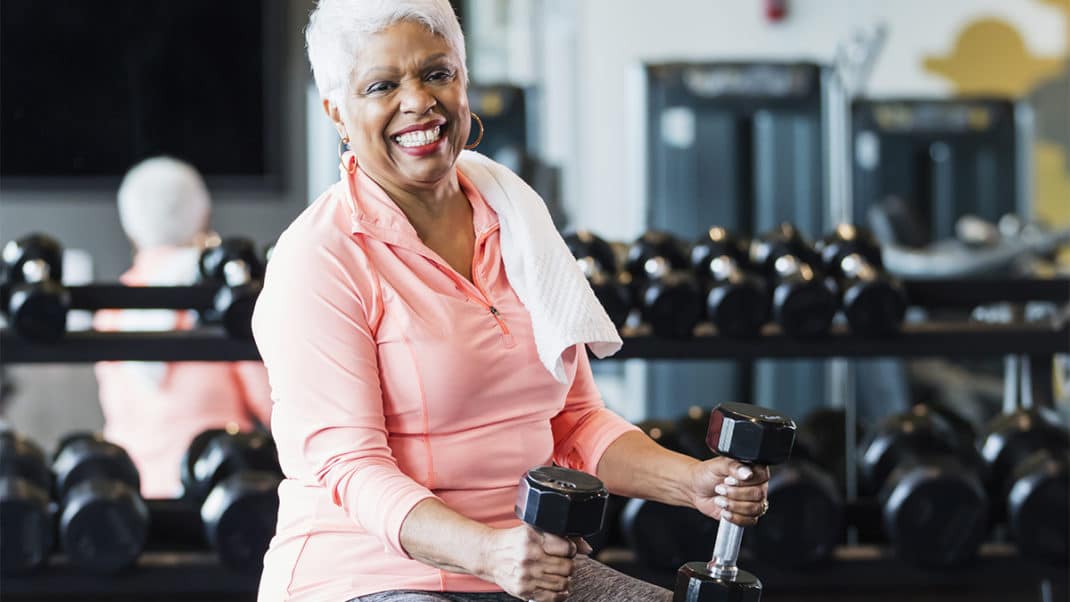New Trends in Functional Fitness
Emerging Modalities, Equipment, and Everyday Impact

Functional fitness has evolved from a niche training philosophy into one of the most influential paradigms in exercise science. Initially embraced by physical therapists and rehabilitation specialists, functional fitness now forms the foundation of many general population and athletic training programs. Today, it continues to expand with new trends, modalities, and technologies that support holistic, real-life movement.
What Is Functional Fitness?
Functional fitness refers to exercises that train the body for everyday activities. Rather than isolating single muscles, these movements engage multiple muscle groups, train the body across various planes of motion, and improve coordination, strength, and balance. The goal is to enhance performance in Activities of Daily Living (ADLs)—such as walking, bending, lifting, pushing, pulling, and reaching. Improving these movements is essential for injury prevention, independence in aging populations, and long-term health (ACSM, 2023).
How Functional Fitness Has Changed
In the early 2000s, functional fitness was primarily used in physical therapy settings or specialized athletic training. It included balance drills, resistance band work, and core stabilization. Today, functional training is far more dynamic and diverse. It blends foundational strength exercises (like squats, lunges, and deadlifts) with mobility drills, agility movements, and integrated core work. Group fitness formats, boot camps, and personal training programs now widely incorporate functional elements.
Emerging Modalities and Equipment
Modern functional fitness continues to evolve, driven by innovation and accessibility. Here are several trends reshaping the field:
1. Wearable Technology Integration
Smartwatches, heart rate monitors, and movement trackers help trainers monitor clients’ biomechanics and cardiovascular response in real-time. This data informs program design and recovery strategies (Thompson, 2023).
2. Suspension and Bodyweight Training
TRX and similar suspension systems use a person’s own bodyweight to challenge stability and strength simultaneously. These systems improve proprioception and core engagement, mimicking real-world movement patterns (TRX Training, 2024).
3. Kettlebells and Sandbags
Unlike traditional dumbbells, these tools challenge grip, coordination, and dynamic control. Movements like kettlebell swings or sandbag cleans require explosive power and stability, making them ideal for replicating ADLs.
4. Functional Training Machines
Cable-based systems (like Keiser or Technogym’s Kinesis) allow for multiplanar resistance movement. These machines support full-body patterns while minimizing injury risk—particularly useful in rehabilitation and older-adult populations.
5. Balance and Mobility Tools
Bosu balls, balance boards, and mobility sticks are commonly used to retrain neuromuscular coordination and joint integrity. These tools are especially beneficial for fall prevention and sports performance.
Common Functional Fitness Exercises
- Squats: Mimic sitting and standing; improve lower-body strength.
- Lunges: Train gait and balance; mirror walking or stair climbing.
- Push-ups: Develop upper-body pushing strength.
- Deadlifts: Improve hip hinge pattern; support safe lifting techniques.
- Farmer’s Carries: Reinforce grip strength and posture while walking.
- Step-ups: Reflect daily stair climbing or entering/exiting vehicles.
Functional Fitness and Quality of Life
According to the Mayo Clinic, maintaining the ability to perform ADLs is a core factor in long-term health and independence, especially in aging adults (Mayo Clinic, 2022). Functional training reduces fall risk, supports cognitive health through motor patterning, and maintains muscular integrity with minimal joint stress.
Functional exercises also benefit athletes, post-rehabilitation clients, and desk-bound workers seeking to reverse postural imbalances. Its accessibility makes it a universally appropriate training approach.
The Future of Functional Fitness
Looking ahead, expect to see:
- AI-Powered Assessments: Motion-capture and biomechanical analysis software will personalize workouts.
- Hybrid Modalities: Yoga, Pilates, martial arts, and strength training are blending into functional formats.
- Recovery Integration: Foam rolling, percussive therapy, and breathwork will become core components.
- Increased Focus on Longevity: Programs will emphasize not just strength, but joint care, fall prevention, and independence.
As healthcare costs rise and populations age, functional fitness will remain critical to public health. Its adaptability makes it a sustainable training solution for all fitness levels.
References
-
- American College of Sports Medicine (ACSM). (2023). ACSM’s Guidelines for Exercise Testing and Prescription (11th ed.). Wolters Kluwer.
-
- Mayo Clinic. (2022). Senior health: How to prevent and detect health problems early. https://www.mayoclinic.org/healthy-lifestyle/aging/in-depth/senior-health/art-20044699
-
- Thompson, W. R. (2023). Worldwide survey of fitness trends for 2023. ACSM’s Health & Fitness Journal, 27(1), 19–30. https://journals.lww.com/acsm-healthfitness/Fulltext/2023/01000/Worldwide_Survey_of_Fitness_Trends_for_2023.6.aspx
-
- TRX Training. (2024). Benefits of suspension training for functional fitness. https://www.trxtraining.com/blogs/news/benefits-of-suspension-training






